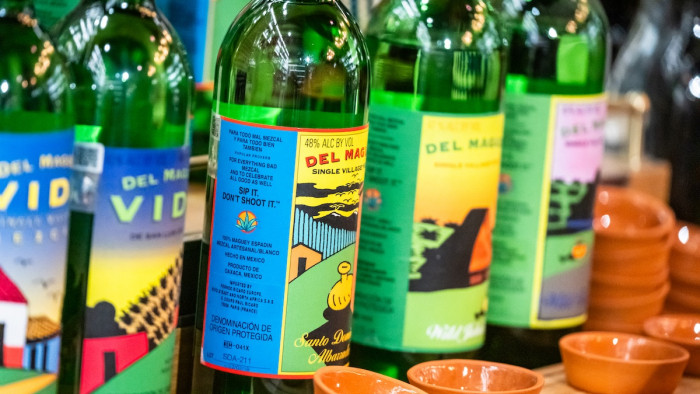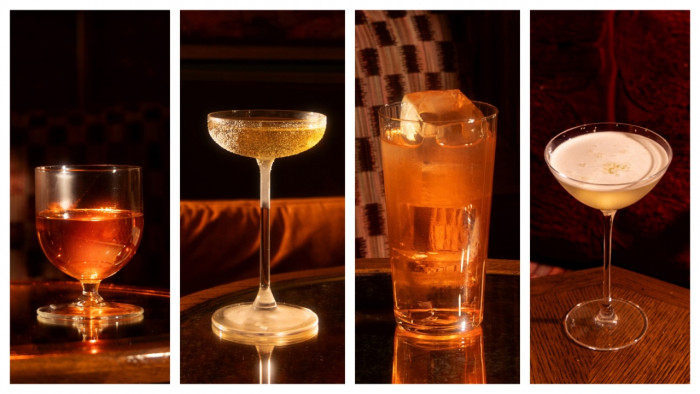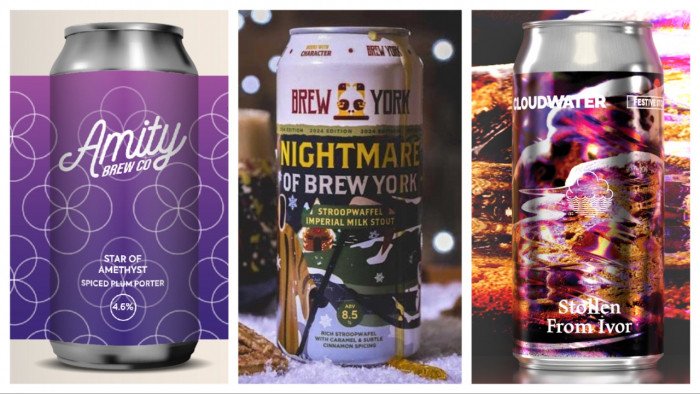For the semi-retired fortysomething raver still partial to the occasional narcotically-enhanced boogie, staying in has long been the new going out, and not only because going to a club and taking libido-tweaking uppers makes it difficult to avoid looking like someone who should be on the sex offenders’ register.
The reasons for this high-bernation are various.
First, as any self-respecting social anthropologist will tell you, the old-fashioned discotheque is in large part an instrument for the hothousing of our Darwinian imperative, regardless of whether you think you’re there chiefly to catch Laurent Garnier work four decks. It’s a simple formula: ingest a dose of whichever inhibition suppressant tickles your fancy, shake your shit as sexily as you can muster (inducing subliminal rhythmic associations in the apple of your eye), and then, via a few well-thumbed social niceties, reproduce your genetic code. Time immemorial. Come your 40s, however, chances are you’ve either procreated or given up the ghost (a selfless contribution to overpopulation), thus removing the need to put up with dead-eyed bouncers or preening narcissists in clubs.
Which brings us to the second reason: Other People, about whom Oscar Wilde held strong but ultimately correct opinions. The older you get, and thus the less tolerant you are of having your time wasted, Other People – even those two mad randoms from Dundee, who were fair chewing their faces aff, eh? – are best experienced via their highly stylised social media performances than the increasing archaism of a flesh-and-blood self. Chuck in the smoking ban, the unlikelihood of the internet being un-invented, and extended licensing laws that allowed bars to move in on yer disco’s manor, and you begin to realise why Olde Clubbinge isn’t coming back, and thus why people with that particular itch to scratch are doing it chez eux.

Obviously, for your mid-lifer, trading in the sordid glamour and faint anarchist whiff of sitting battered in a puddle of piss at the back of a disused bus station listening to nosebleed techno for something altogether more wholesome is a no-brainer. Suddenly, crazily, the better option is an environment in which you can dance in slippers or sip a banana milkshake at 2am if you fancy it, yet still somewhere you could, say, bang down a couple of bags of magic mushrooms while having conversations three galaxies beyond small talk with all your most interesting mates. Yes, it’s a hygge rave.
2016 was not only the year of right-wing populism, but also of hygge, the Danish lifestyle fad (pronounced “hoo-guh”) defined as “a quality of cosiness and comfortable conviviality that engenders a feeling of contentment or well-being”. These twin trends’ popularity might not be entirely unrelated. For as Trump and Brexit have swung open the id doors and licensed all manner of small-minded fears and petty hatreds to run riot, stigmatising displays of empathy as “virtue signaling”, people have sought sanctuary from the clouds descending on the outside world. It was therefore inevitable that raving – which at its most utopian draws on the empathogenic properties of ecstasy – would beat a retreat from the foghorned phobias of the day.
So, with mainstream clubbing about as hygge as a Taliban training camp, the logical outcome is stay-at-home raving. You get the good bits of going out – the badass soundsystem, conviviality, and collective intoxication – without any of the awfulness. That means no interminable queues; no overdemanding consumers who know what they like, like what they know, and want what they’ve paid for; and none of them smartphone-wielders for whom the dancefloor is less a space for ego-loss and immersive adventure than the pretext for a social media status update.
Hygge rave’s precursor is to be found in David Mancuso’s seminal Loft parties, inspiration for many a boutique club, though not a club itself. Rebelling against overcrowded spaces with overpriced drinks and overpowering soundsystems, Mancuso began throwing his intimate, invitation-only ‘Love Saves The Day’ parties on Valentine’s Day 1970, charging $2.50 entry, drinks included, to cover costs, while envisioning the dancefloor as a radically egalitarian space, open to all-comers, whatever their background. The star was not the DJ – Mancuso was the antithesis of the vapid, pulpit-inhabiting superstar DJs who punters pay to see perform, flailing their arms around like imbeciles as they play monotonous and predictable drek – but the amorphous/polymorphous dancefloor and the potential liberation it enveloped. The focus was thus the music itself: eclectic, esoteric, lovingly and thoughtfully selected, and all played – unmixed, so as not to contaminate their purity – over Mancuso’s state-of-the-art sound system.

Such audiophilia is the hallmark of hygge rave, too, whose hosts are often current or retired DJs for whom the love of great music endures, and even grows, as surely as the willingness to have to wipe down bog seats before sitting on them ebbs. Typically, they have invested in some high-spec gear and fitted out a room for those two or three times a year they’ll let their hair down.
These domestic micro-raves often originate as online radio shows – set up a webcam, get a few mates round: a Boiler Room without the weird, DJ starfucking fourth-wall set-up – a virtual scene initially, later brought into the real world. And they tend to be held in the sort of living space affordable in mid-life: tastefully decorated and warmly lit, with ample room for a throng of dancers to shake their stuff and for cosy conversational nooks and crannies, all sensorially tailored to enjoying yourself in an über-comfortable environment.
A hygge rave might begin with you explaining, over canapés and wine, exactly how you made the base of the cheesecake you’re contributing to the buffet, before moving through phases typical of a conventional suburban dinner party, until graduating to the moderate consumption of suitably congenial adult confectionary – MDMA, or other ego inhibitors – whereupon the dancing begins.
Unlike at the Loft, where Mancuso played all evening, DJ duties can circulate. And while the aim, as always, is to keep the dancefloor bobbing, quirkiness, wonkiness and frivolity in musical selection is actively encouraged. Oddball and curveball tunes don’t have to fight the vague perception of satisfying punters. The dancer doesn’t always know what they want. The DJ isn’t neurotic about keeping them happy.
Having begun in a civilized manner, the hygge rave will also wrap up at a reasonable hour – at 4 or 5am, say, precisely the time other types of revellers might be sending frantic texts to dubious vendors and procurers. Rather than shoving more uppers in to the system in a futile attempt to fight the ever-diminishing returns and drag out the buzz, hygge partygoers sniff out the winding-down stage and retire to welcoming sofas, where they drink huggy drinks, play gentler tunes, chat a while, and start to think about a scientifically managed comedown – St John’s Wort taken once a day for the subsequent four or five days in conjunction with 5-HTP tablets has been known to head off the Tuesday blues.
If the Loft was the seed from which disco was born, and disco gave birth to modern club culture, then hygge raving completes the circle. It is clubbing without the grottiness, without the edginess of uninvited guests, with more adventurous sounds played over better-adapted systems in a more salubrious and intimate locale with cheaper and better drinks, and with 100% agreeable people getting pleasantly spannered rather than utterly bonged while having a hygge boogie. What’s not to like?
Latest
Related Reviews and Shortlists










